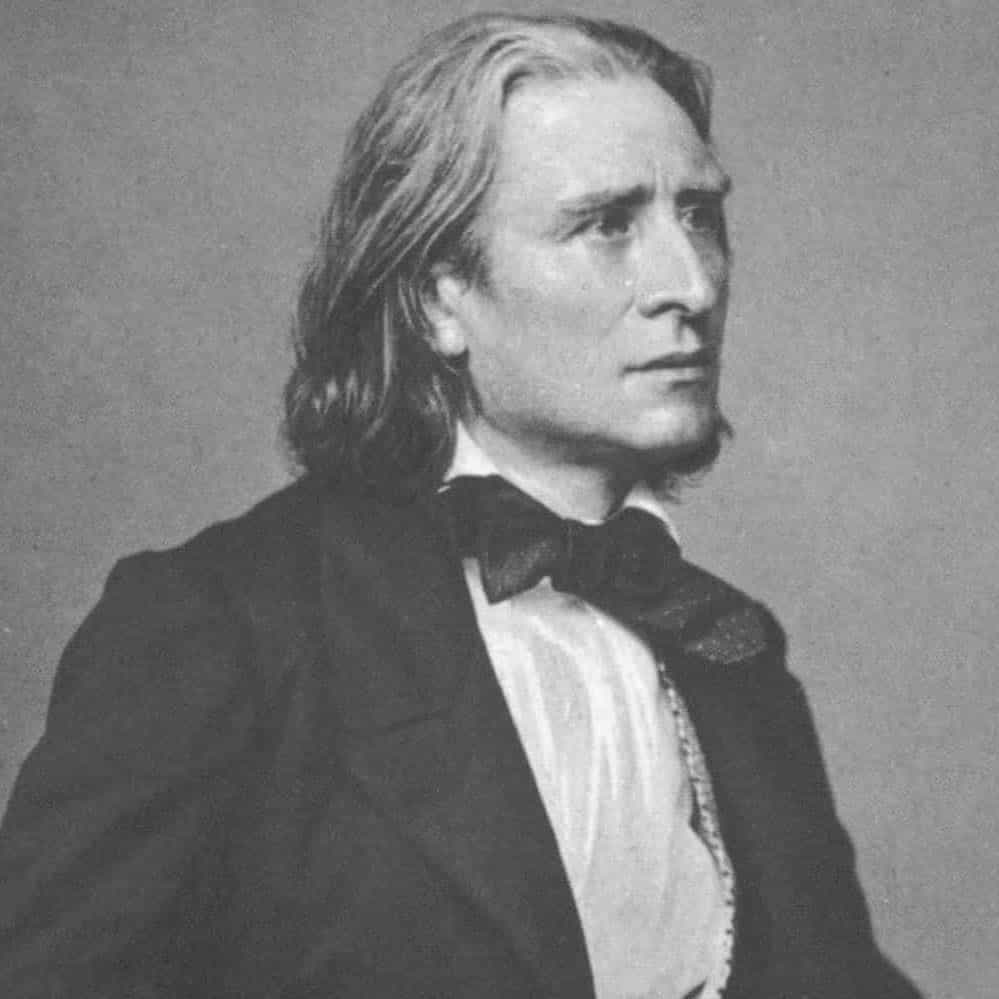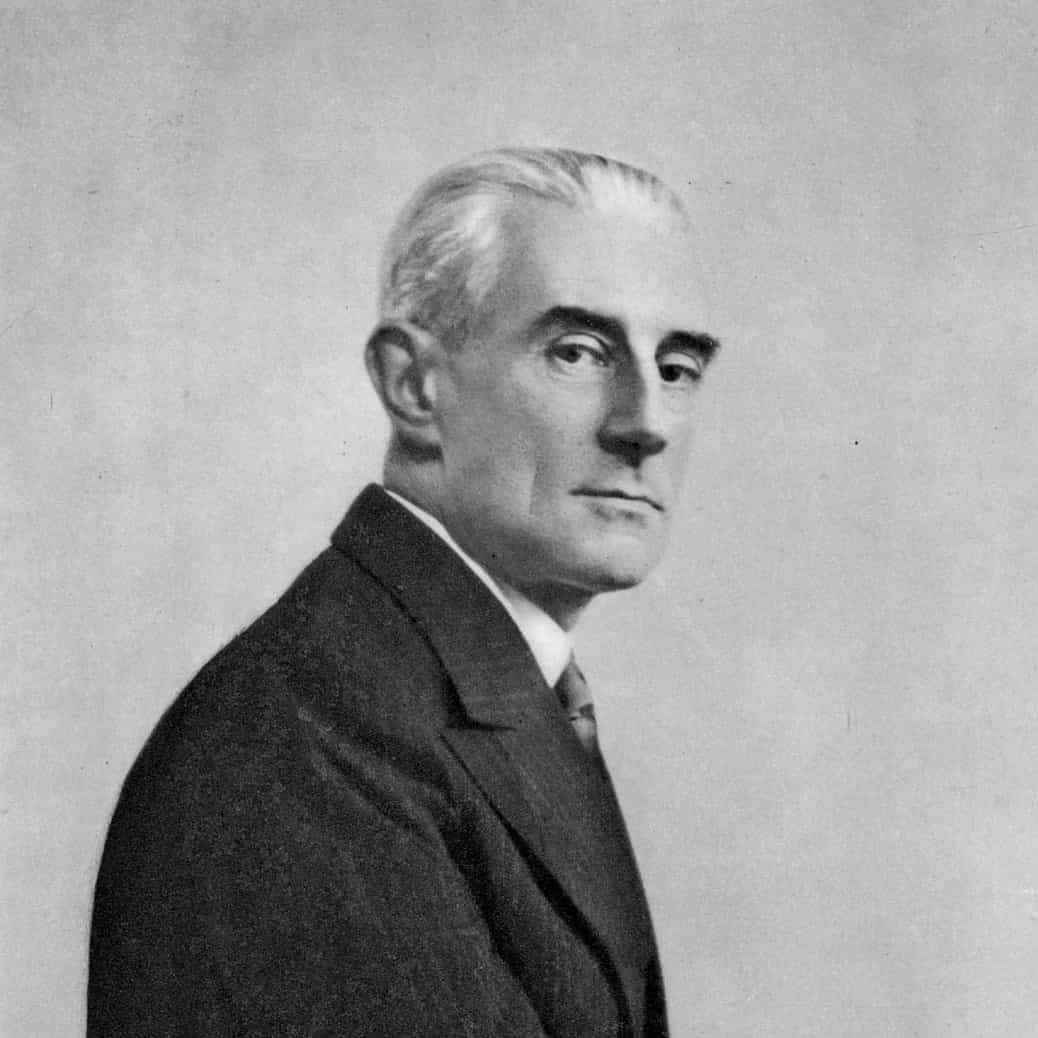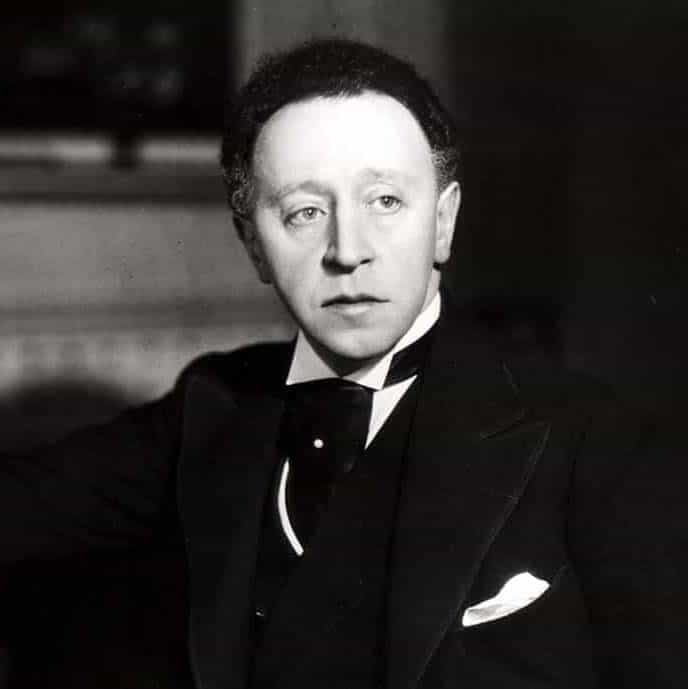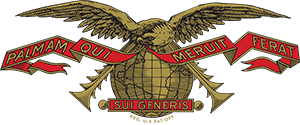The Birthplace of the Modern Piano
Henry Mason
Emmons Hamlin
In 1854, Henry Mason and Emmons Hamlin founded Mason & Hamlin in Boston, Massachusetts, driven by a shared vision to craft the finest musical instruments. Mason inherited a passion for music from his father, Lowell Mason, a renowned hymn composer and music educator. On the other hand, Emmons Hamlin, a skilled mechanic and inventor, introduced innovative methods for voicing organ reeds that continues to be employed today. Emmons Hamlin relentlessly pursued a fuller and more expressive sound, aiming to produce the finest reed organs available.
The collaboration of Henry’s passion and Emmons’ innovation established Mason & Hamlin’s reputation as pioneers in their field, and they began the quest to make the World’s Finest Piano. In 1881, Henry Mason began a meticulous journey, collaborating with leading concert pianists to weave their expert insights into Mason & Hamlin’s piano designs. Since that defining moment, the company has adhered to a philosophy of using only the finest materials and craftmanship to create pianos that meet the exacting demands of passionate musicians and committed audiences.
By the turn of the century, Mason & Hamlin pianos stood as the first choice of virtuosos, and epitomized the pinnacle of craftsmanship, catering to the sophisticated and demanding palates of the world’s leading concert pianists.
1620
The Mason lineage arrives in Provincetown, Massachusetts on the Mayflower.
1838
Lowell Mason, father to Henry Mason and known as the “Father of American church music”, introduces music education to public schools.
1854
Henry Mason follows in his family’s commitment to music and founds Mason & Hamlin with co-founder Emmons Hamlin in Boston Massachusetts.
1920
Mason & Hamlin pianos earn the endorsement of virtuosos such as Sergei Rachmaninoff, Harold Bauer, and Maurice Ravel, who chose these instruments for their compositions, performances, and recordings.
1986
Mason & Hamlin pianos relocates from Rochester, New York to the industrial mill town of Haverhill, Massachusetts, setting up shop in a historic six story factory.
2024
Mason & Hamlin continues its legacy as a USA-made, family-owned company that remains committed to limited production to ensure quality, handcrafted pianos.
1620
The Mason lineage arrives in Provincetown, Massachusetts on the Mayflower.
1838
Lowell Mason, father to Henry Mason and known as the “Father of American church music”, introduces music education to public schools.
1854
Henry Mason follows in his family’s commitment to music and founds Mason & Hamlin with co-founder Emmons Hamlin in Boston Massachusetts.
1920
Mason & Hamlin pianos earn the endorsement of virtuosos such as Sergei Rachmaninoff, Harold Bauer, and Maurice Ravel, who chose these instruments for their compositions, performances, and recordings.
1986
Mason & Hamlin pianos relocates from Rochester, New York to the industrial mill town of Haverhill, Massachusetts, setting up shop in a historic six story factory.
2024
Mason & Hamlin continues its legacy as a USA-made, family-owned company that remains committed to limited production to ensure quality, handcrafted pianos.
1620
The Mason lineage arrives in Massachusetts on the Mayflower.
1838
Lowell Mason, father to Henry Mason and known as the “Father of American church music”, introduces music education to public schools.
1854
Henry Mason follows in his family’s commitment to music and founds Mason & Hamlin with co-founder Emmons Hamlin in Boston Massachusetts.
1920
Mason & Hamlin pianos earn the endorsement of virtuosos such as Sergei Rachmaninoff, Harold Bauer, and Maurice Ravel, who chose these instruments for their compositions, performances, and recordings.
1986
Mason & Hamlin pianos relocates from Rochester, New York to the industrial mill town of Haverhill, Massachusetts, setting up shop in a historic six story factory.
2024
Mason & Hamlin continues its legacy as a USA-made, family-owned company that remains committed to limited production to ensure quality, handcrafted pianos.
From Legacy to Legend
In 1996, brothers Gary and Kirk Burgett purchased Mason & Hamlin Piano Co. in Haverhill, Massachusetts, and inherited the esteemed legacy of Henry Mason & Emmons Hamlin. Gary, a celebrated pianist and instructor, and Kirk, an innovative inventor and piano technician, shared a dedication to music and innovation that mirrored the company’s original founders in 1854. Together, they dedicated themselves to preserving and elevating Mason & Hamlin’s goal of making the World’s Finest Piano—merging time-honored designs, meticulous material choice, and traditional craftsmanship with modern technology and innovation.
Inspired by Henry Mason’s dedication, Kirk Burgett endeavored to meet the demands of modern virtuosos by spearheading the Virtuoso X Series Concert Grand piano. Recognizing the desire for enhanced dynamical range, control, sensitivity, and responsiveness, Kirk integrated premium, innovative design elements into this flagship model. The success of these elements led to their integration across Mason & Hamlin’s entire piano line, establishing the Virtuoso X Series: The Premier American piano and a new chapter for Mason & Hamlin.
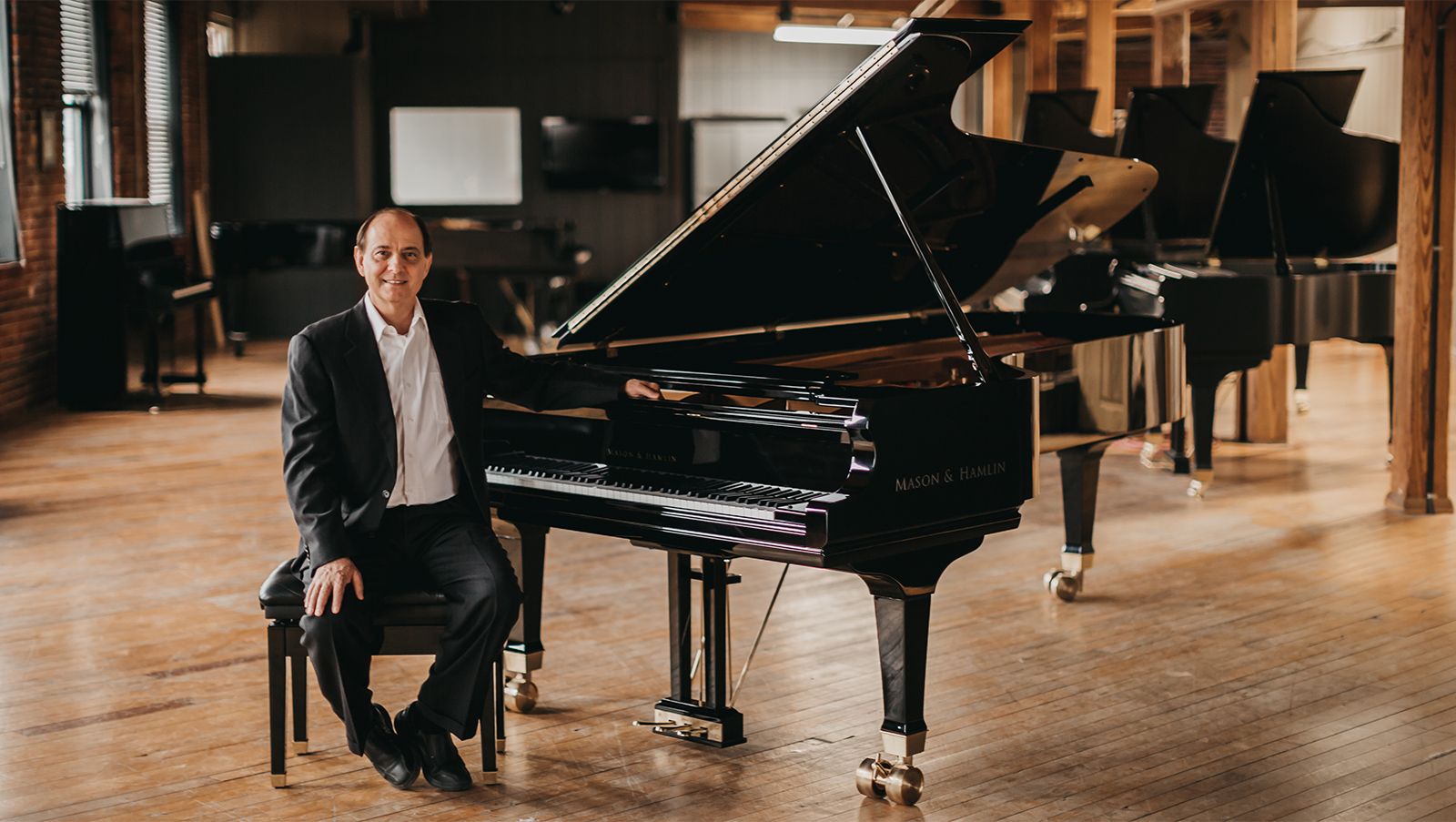
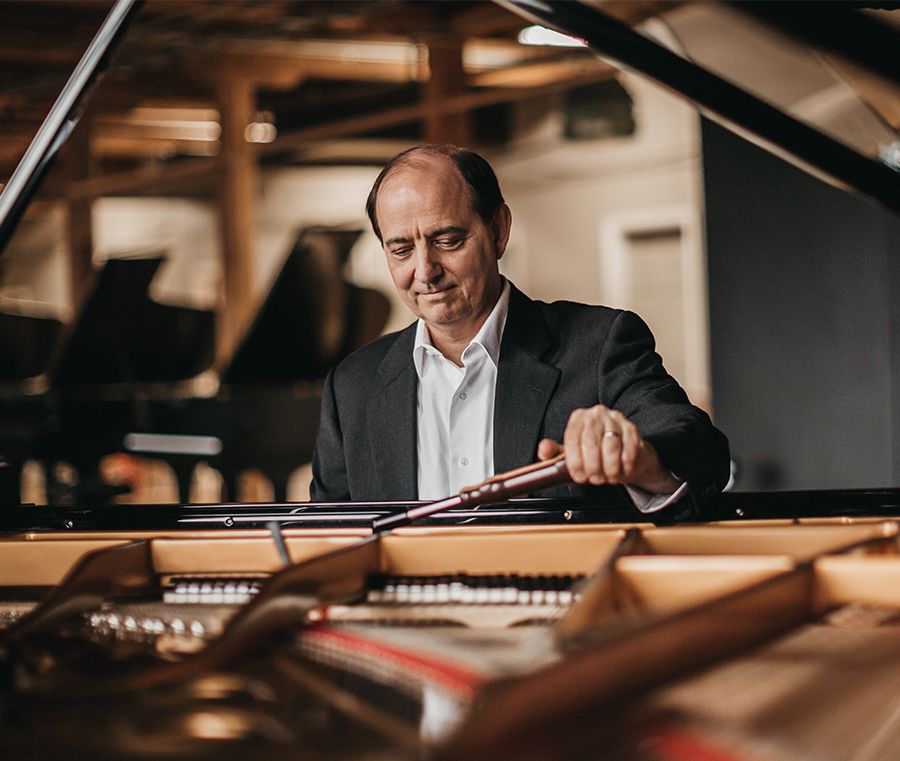
A Message from the Owner
When Gary and I acquired Mason & Hamlin back in ‘96, we didn’t know the direction our business would take, but we knew for sure that we wanted to continue the legacy of Mason & Hamlin as the World’s Finest Piano. At the time, I had been a registered piano technician for seventeen years [now approaching forty years] and my brother was an accomplished piano teacher. We both respected the traditions of the piano industry, but over time we saw ways that we could uniquely innovate, improve, and contribute to it. We feel we have done that over the years with Mason & Hamlin—especially after we launched Wessell, Nickel & Gross and exclusively started using their composite actions in our pianos. A Mason & Hamlin piano of today captures the unique story of Henry Mason and Emmons Hamlin, while also including a new chapter that Gary and I are part of—a chapter that includes creativity and innovation and goes back to the fundamental vision and passion that first inspired Mason & Hamlin to create the finest pianos possible.
— Kirk Burgett, President, RPT

